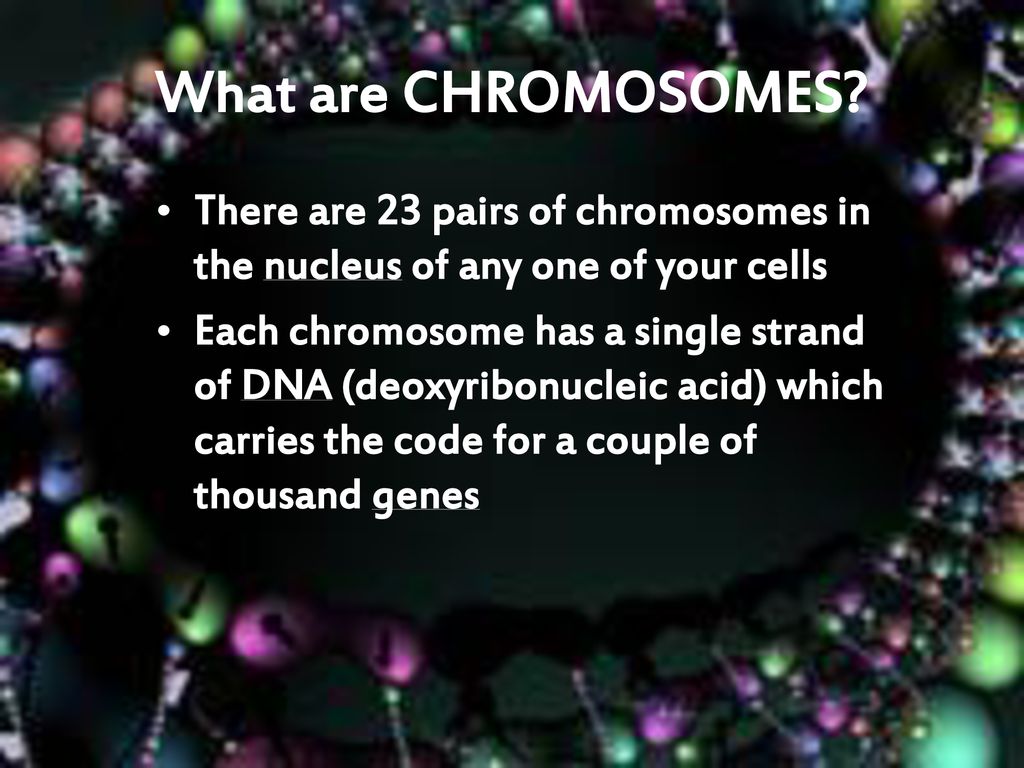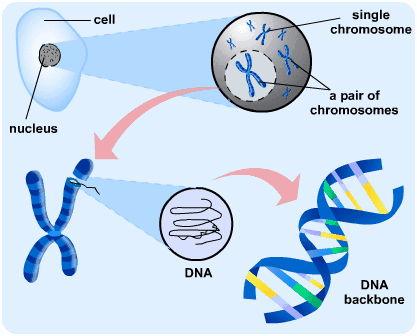- Jul 22, 2014
- 41,469
- 7,860
- Country
- United States
- Faith
- Non-Denom
- Marital Status
- Married
@Baby Cottontail
If somebody changed the truth slightly about Jesus, would they be representing the truth about Jesus or would they be telling us about another Jesus?
This is important to understand because there is a...
Symbiotic Relationship Between
The Living Word, & the Communicated Word:
The communicated word of God that we have today is the Bible.
Jesus (the Living Word) was sent by the commandment (mouth) of the Father. Jesus said and did everything the Father told Him to do (John 12:49) (John 14:31).
What is interesting is that the Living Word accomplished that which the Father commanded Him to do and to prosper (accomplish) that thing He sent to do (i.e. Jesus suffered on the cross, and said, “It is finished” and died for man’s sins). Jesus was risen three days later, and ascended to the Father. God’s Word (the living Word) did not return void by whom the Father sent.
The communicated Word can also be sent out and not return void, as well. For many have believed and have stayed faithful to what God’s Word says.
In the creation: The Word made flesh (John 1:1, John 1:14) (i.e. Christ) created everything. In the beginning God spoke words to bring forth the creation in six days (Genesis 1:1-31).
So in the beginning was the Living Word, and the communicated Word.
In the end of this sinful world: Christ will return (Revelation 19:11-21) and a sharp sword will proceed from His mouth. This sword could be the “sword of the Spirit,” (Which is the Word of God) or it could be symbolic of such (Ephesians 6:17).
So in the end there will be the Living Word, and the communicated Word.
For at Christ’s return: His name is called The “Word of God.” (Revelation 19:13) (Living Word).
On His thigh, and vesture is a name written (words) “KING OF KINGS, AND LORD OF LORDS.” (Communicated Word).
Jesus was beaten to a pulp and crucified on a tree.
The Word we have today (the Bible) is a result of pulp made from a tree.
Jesus was the Word made flesh (covered in skin).
The Word we have today (the Bible) is popular to be available covered in skin (leather).
Words on the page hang on this tree (paper) (the Bible),
just like the Living Word hung on a tree (the cross).
So in conclusion:
If you concluded that the truth of Jesus cannot be altered slightly, then this means that the Communicated Word (Scripture) cannot also be atered slightly, as well. For just as changing the truth about Jesus slightly would be teaching another Jesus, the same is true that if the Word of God is altered slightly, it would be teaching another Communicated Word of God that is not the original one.
If somebody changed the truth slightly about Jesus, would they be representing the truth about Jesus or would they be telling us about another Jesus?
This is important to understand because there is a...
Symbiotic Relationship Between
The Living Word, & the Communicated Word:
- Christ is good (John 10:11, John 10:14), and the word is good (1 Kings 2:42).
- Christ is the truth (John 14:6), and the word is the truth (John 17:17).
- Christ is called Faithful and True (Revelation 19:11), and the word is called faithful and true (Revelation 22:6).
- Christ is pure (1 John 3:3), and the word is pure (Proverbs 30:5).
- Christ is incorruptible (Acts of the Apostles 2:27), and the word is incorruptible (1 Peter 1:23).
- Christ abides forever (John 12:34), and the word abides forever (1 Peter 1:23).
- Christ’s name: “Jesus” is above all names (Which would include God’s name) (Philippians 2:9-10), and the word is above God’s name (Psalms 138:2).
- Christ has flaming eyes of fire (Revelation 19:12), and the Word is like a fire (Jeremiah 23:29).
- Christ can burn things like a fire (Matthew 3:12), and the word can burn things like a fire (Luke 24:32).
- Christ can be eaten (John 6:57), and the word can be eaten (Jeremiah 15:16).
- Christ is like the discovery of treasure (Matthew 13:44-46, cf. 2 Corinthians 4:7-10), and the word is like the discovery of treasure (Psalms 119:162).
- Christ is the light (John 8:12), and the word is light (Psalms 119:105).
- Christ is life (John 14:6, 1 John 5:12), and the word is life (John 6:63).
- Christ is the living bread (John 6:51), and the word is the living bread (Matthew 4:4).
- Christ is eternal life (Romans 6:23, 1 Timothy 6:16, 1 John 5:20) and the word is eternal life (John 6:68) (cf. Matthew 24:35, John 6:63).
- Christ quickens (makes alive) (John 5:21), and the word quickens (makes alive) (Psalms 119:50).
- It is by Christ which makes the gospel possible (1 Corinthians 15:1-4), and it is by the word which makes the gospel possible (1 Peter 1:25).
- Christ is near to men (Acts of the Apostles 17:27) (Revelation 3:20) (Psalms 145:18), and the word is near to men (Romans 10:8).
- Christ discerns the heart (Matthew 9:4, Luke 9:47), and the word discerns the heart (Hebrews 4:12).
- Christ can get men through a storm (Mark 4:35-41), and the word can get men through a storm (Matthew 7:24-25).
- Christ sanctifies (John 17:19), and the word sanctifies (John 17:17).
- A person can stumble over Christ (Romans 9:33, 1 Peter 2:5-8), and a person can stumble over the word (1 Peter 2:8).
- Christ will judge men (John 5:22), and the word will judge men (John 12:48).
- Christ’s bones were never broken (John 19:36 cf. Psalms 34:20), and the word is never broken (John 10:35).
- Believers are told to seek after Christ (Matthew 28:5, Mark 16:6), and believers are told to seek after the word (Isaiah 34:16).
- Christ is our hope (1 Thessalonians 1:3, Colossians 1:27, 1 Timothy 1:1), and the word is our hope (Psalms 130:5).
- Believers are to have the mind of Christ (1 Corinthians 2:16), and believers are to meditate (use their mind) upon the word (Psalms 119:148, 2 Timothy 2:15 KJV).
- Christ is to be heard and obeyed (Matthew 7:24), and the word is to be heard and obeyed (James 1:22).
- The love of God is within Christ (Romans 8:39), and keeping the word places the love of God within us (1 John 2:5) (Also see John 14:23).
- Christ is the way to the living waters, which is the Holy Spirit (John 7:37-39), and the washing of the water of the word (Ephesians 5:25-27) (which is obedience to God) is the way to having the Spirit (Acts of the Apostles 5:32).
- Christ is like the foundation that is a part of a house (1 Corinthians 3:9, 1 Corinthians 3:11), and He is like a rock (1 Corinthians 10:4), and the obeying the word is like a house built upon the rock (Matthew 7:24).
- Believers are to follow after the steps of Christ (1 Peter 2:21), and believers are to order their steps in the word (Psalms 119:133).
- Christ breathed the Spirit upon his faithful chosen (John 20:22), and the word is “inspired by God” (i.e. God breathed) for the benefit of his faithful chosen (2 Timothy 3:16-17).
- Christ is the way to having the fruits of righteousness (Philippians 1:11), and the word is the way to being instructed in righteousness so to be perfect unto all good works (fruits) (2 Timothy 3:16-17).
- Christ can abide in us (John 15:4-7) (Ephesians 3:17) (Philippians 4:13), and the word can abide in us (John 15:7, Psalms 119:11).
- Christ dwells in our hearts (Ephesians 3:17), and the word dwells in our hearts (Colossians 3:16).
- Believers can be hidden in Christ (Colossians 3:3), and the word can be hidden in believers (Psalms 119:11).
- Christ is always with us (Matthew 28:20), and the word is always with us (Psalms 119:98).
- Christ can make our joy full (John 15:11), and the word can make our joy full (1 John 1:4).
- Believers’ hearts rejoice with Christ (John 16:22), and believers’ hearts rejoice with the word (Jeremiah 15:16).
The communicated word of God that we have today is the Bible.
“So shall my word be that goeth forth out of my mouth: it shall not return unto me void, but it shall accomplish that which I please, and it shall prosper in the thing whereto I sent it.” (Isaiah 55:11).
Jesus (the Living Word) was sent by the commandment (mouth) of the Father. Jesus said and did everything the Father told Him to do (John 12:49) (John 14:31).
What is interesting is that the Living Word accomplished that which the Father commanded Him to do and to prosper (accomplish) that thing He sent to do (i.e. Jesus suffered on the cross, and said, “It is finished” and died for man’s sins). Jesus was risen three days later, and ascended to the Father. God’s Word (the living Word) did not return void by whom the Father sent.
The communicated Word can also be sent out and not return void, as well. For many have believed and have stayed faithful to what God’s Word says.
In the creation: The Word made flesh (John 1:1, John 1:14) (i.e. Christ) created everything. In the beginning God spoke words to bring forth the creation in six days (Genesis 1:1-31).
So in the beginning was the Living Word, and the communicated Word.
In the end of this sinful world: Christ will return (Revelation 19:11-21) and a sharp sword will proceed from His mouth. This sword could be the “sword of the Spirit,” (Which is the Word of God) or it could be symbolic of such (Ephesians 6:17).
So in the end there will be the Living Word, and the communicated Word.
For at Christ’s return: His name is called The “Word of God.” (Revelation 19:13) (Living Word).
On His thigh, and vesture is a name written (words) “KING OF KINGS, AND LORD OF LORDS.” (Communicated Word).
Jesus was beaten to a pulp and crucified on a tree.
The Word we have today (the Bible) is a result of pulp made from a tree.
Jesus was the Word made flesh (covered in skin).
The Word we have today (the Bible) is popular to be available covered in skin (leather).
Words on the page hang on this tree (paper) (the Bible),
just like the Living Word hung on a tree (the cross).
So in conclusion:
If you concluded that the truth of Jesus cannot be altered slightly, then this means that the Communicated Word (Scripture) cannot also be atered slightly, as well. For just as changing the truth about Jesus slightly would be teaching another Jesus, the same is true that if the Word of God is altered slightly, it would be teaching another Communicated Word of God that is not the original one.
Upvote
0



